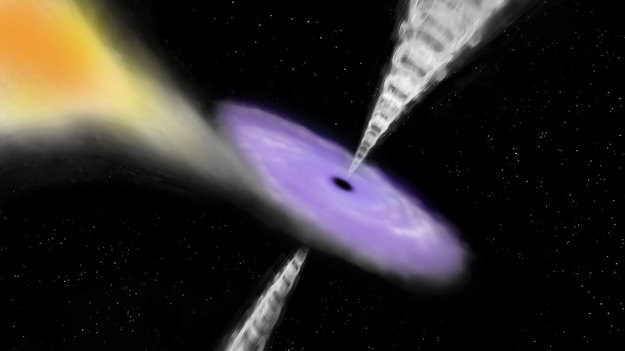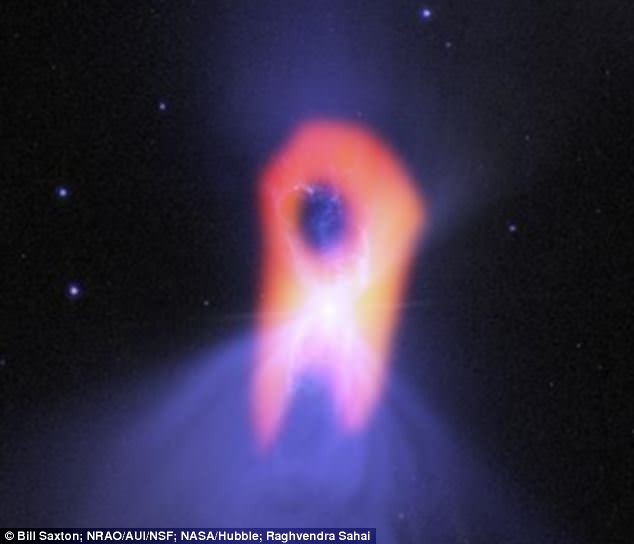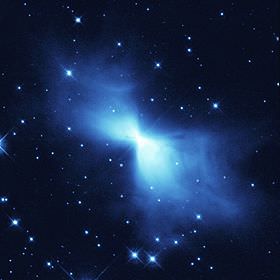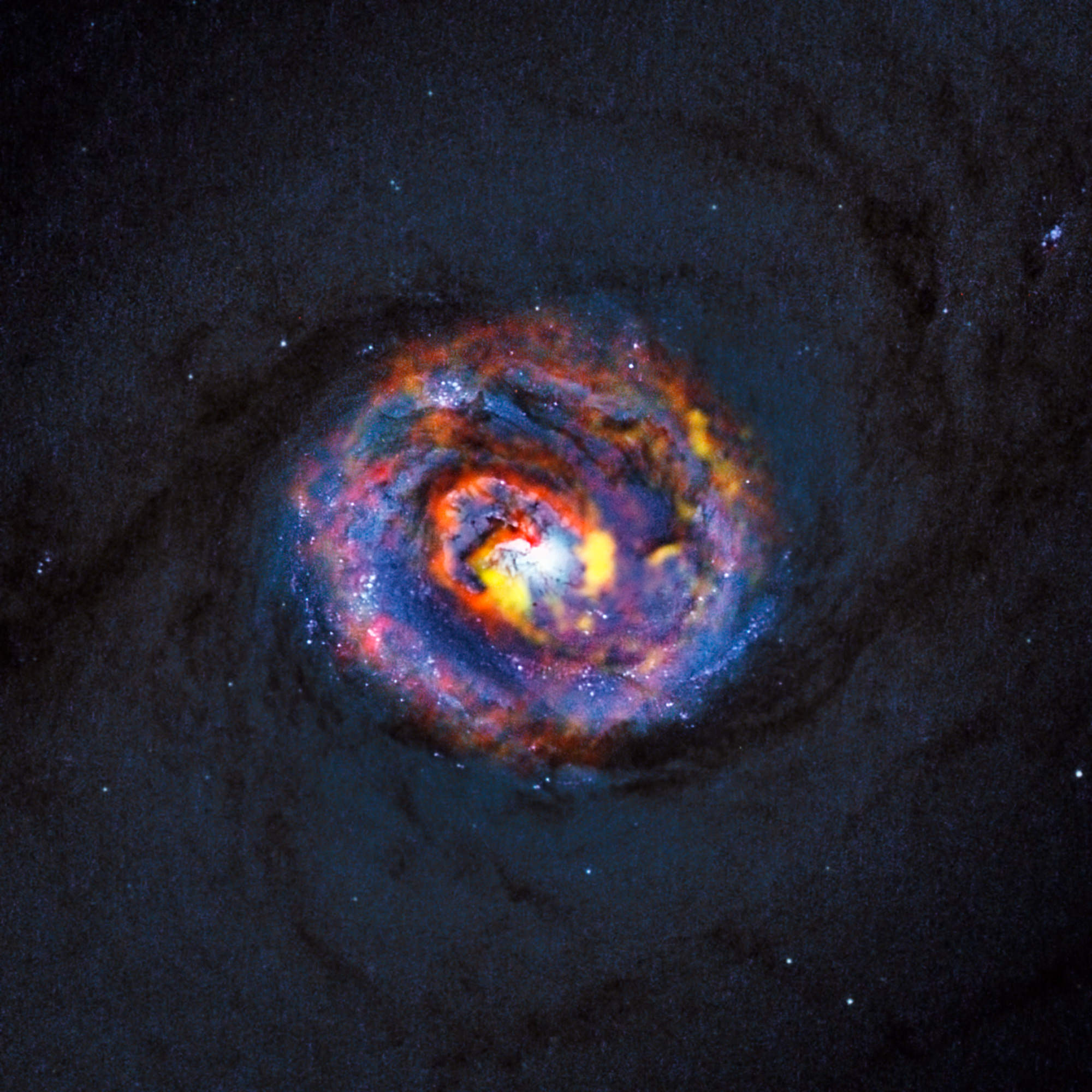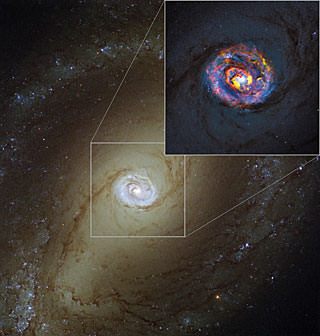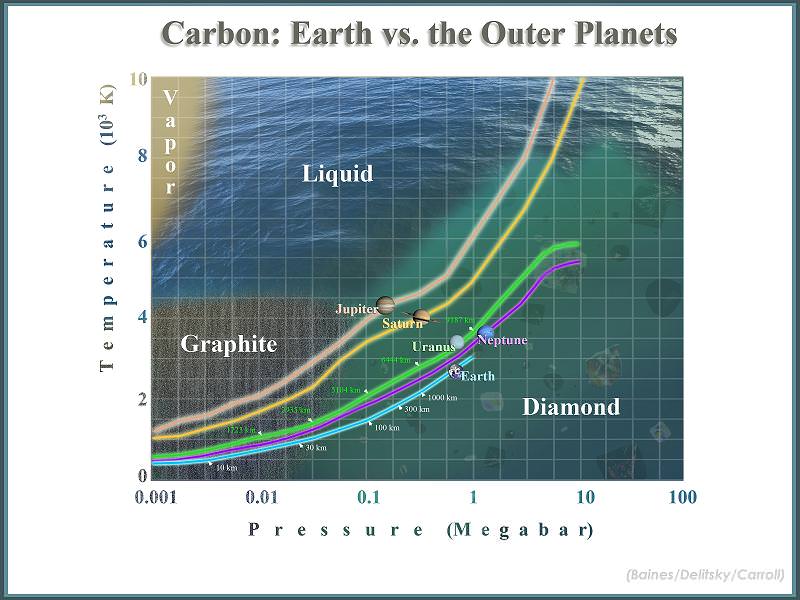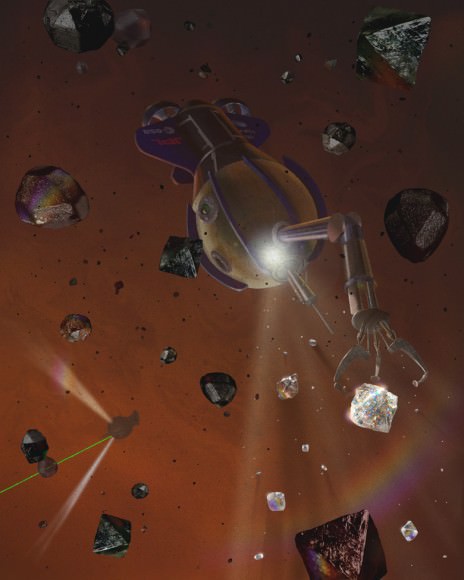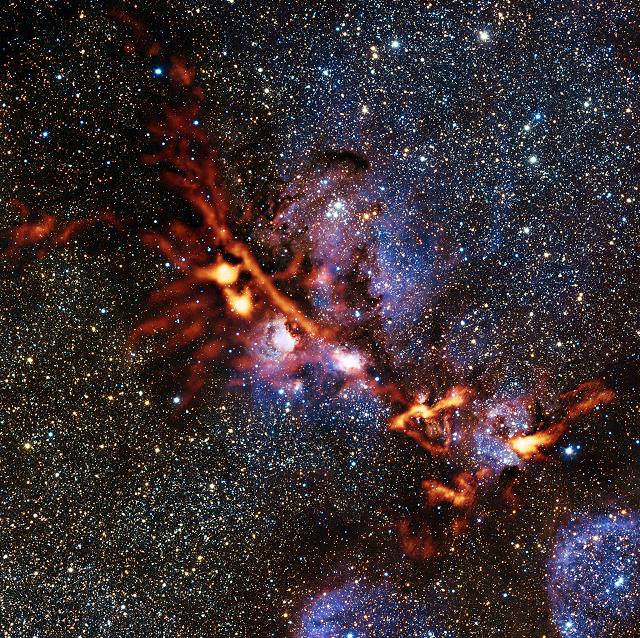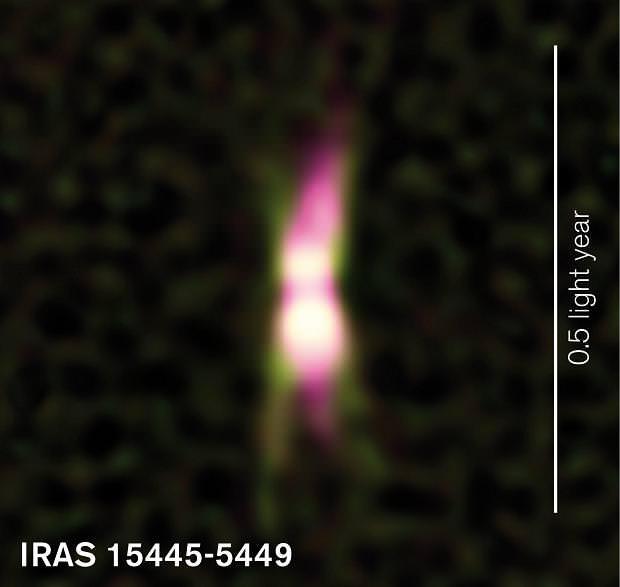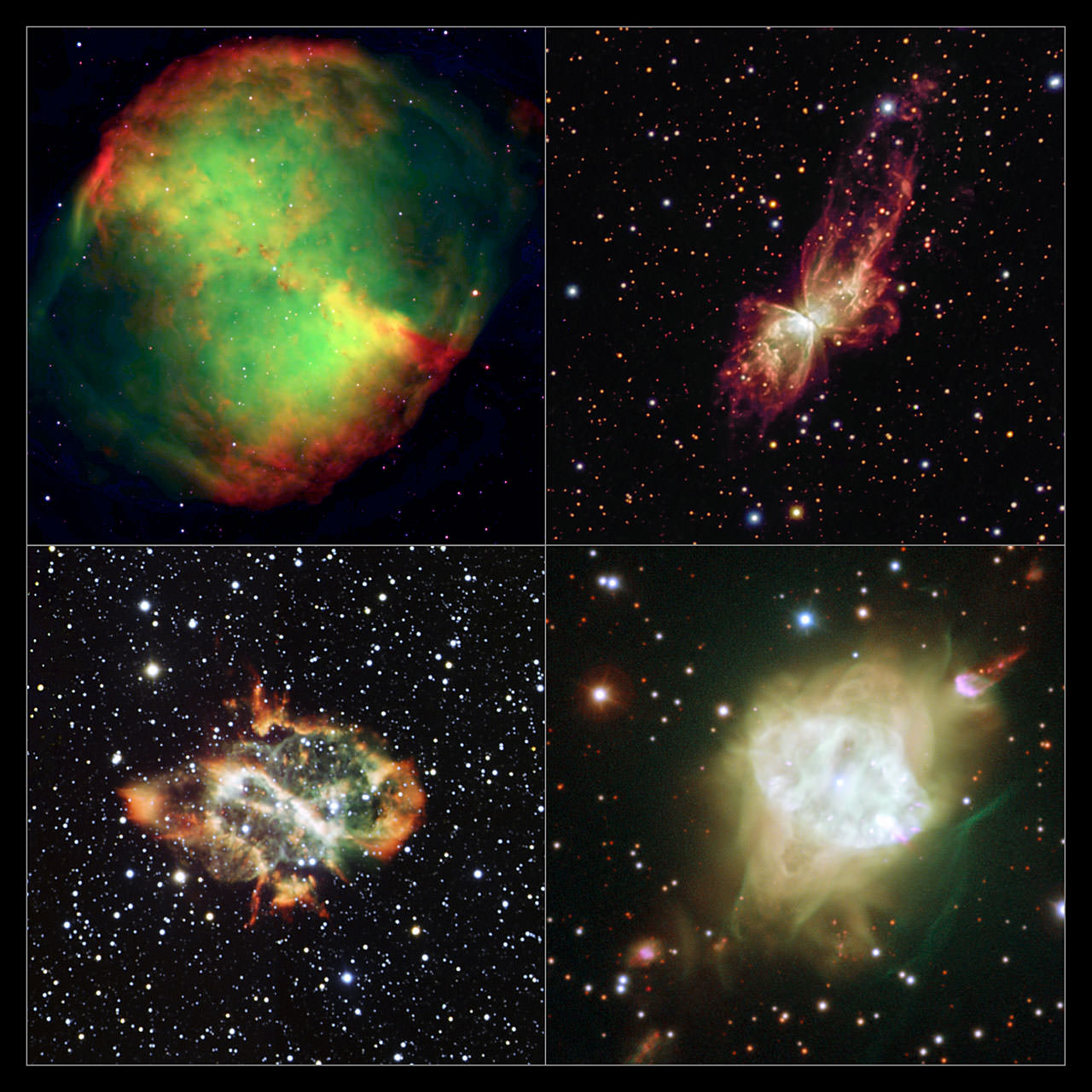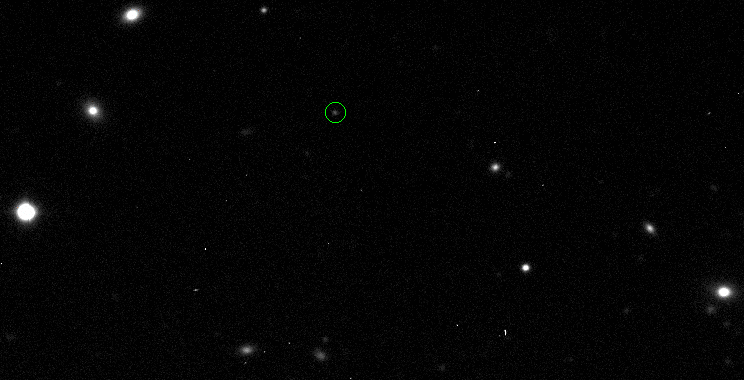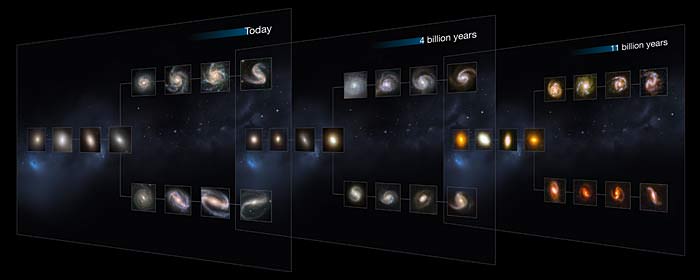The concept of a black hole jet isn’t a new one, but we still have a lot to learn about the mixture of particles found in the vicinity of them. Through the use of ESA’s XMM-Newton Observatory, astronomers have been taking a look at a black hole in our galaxy and found some surprising results.
As we know, stellar mass black holes take on materials from nearby stars. Matter from these companion stars is pulled away from the parent body toward the black hole and radiates a temperture so intense that it emits X-rays. However, a black hole doesn’t always ingest everything that comes its way. Sometimes they reject small portions of this incoming mass, pushing it away in the form of a set of powerful jets. These jets also feed the surroundings, releasing both mass and energy… robbing the black hole of fuel.
Through the study of jet composition, researchers are able to better determine what gets taken into a black hole and what doesn’t. Through observations taken at the radio wavelength of the electromagnetic spectrum, we have seen electrons crusing along at nearly the speed of light. However, it hasn’t been clearly determined whether the negative charge of the electrons is complemented by their anti-particles, positrons, or rather by heavier positively-charged particles in the jets, like protons or atomic nuclei.” With XMM-Newton’s power behind them, astronomers have had the opportunity to examine a black hole binary system called 4U1630–47 – a candidate known to have unexpected outbursts of X-rays for segments of time which last between months and years.
“In our observations, we found signs of highly ionised nuclei of two heavy elements, iron and nickel,” says María Díaz Trigo of the European Southern Observatory in Munich, Germany, lead author of the paper published in the journal Nature. “The discovery came as a surprise – and a good one, since it shows beyond doubt that the composition of black hole jets is much richer than just electrons.”
During September 2012, a team of astronomers headed up by Dr. Díaz Trigo and collaborators, observed 4U1630–47 with XMM-Newton. They also backed up their observations with near-simultaneous radio observations taken from the Australia Telescope Compact Array. Even though the studies were done close to each other – within just a couple of weeks – the results couldn’t have been more different.
According to Trigo’s team, the initial set of observations picked up X-ray signatures from the accretion disc, but there was no activity in the radio band. This is an indicator that the jets weren’t active at that time. However, in the second set of observations, there was activity in both X-ray and radio… the jets had turned back on! While examining the X-ray data from the second set, they also found iron nuclei in motion. These particles were moving both toward and away from XMM-Newton – proof the ions were part of twin jets aimed in opposite directions. However, that’s not all. There was also evidence of nickel nuclei pointing toward the observatory.
“From these ‘fingerprints’ of iron and nickel, we could show that the speed of the jet is very high, about two-thirds of the speed of light,” says co-author James Miller-Jones from the Curtin University node of the International Centre for Radio Astronomy Research in Perth, Australia.
“Moreover, the presence of heavy atomic nuclei in black hole jets means that mass and energy are being carried away from the black hole in much larger amounts than we previously thought, which may have an impact on the mechanism and rate by which the black hole accretes matter,” adds co-author Simone Migliari from the University of Barcelona, Spain.
Astounding new findings? Well… yeah. For a typical stellar-mass black hole, this is the first time that heavy nuclei has been detected within the jets. As of the present, there is only “one other X-ray binary that shows similar signatures from atomic nuclei in its jets – a source known as SS 433. This black hole system, however, is characterised by an unusually high accretion rate, which makes it difficult to compare its properties to those of more ordinary black holes.” Through these new observations of 4U1630–47, astronomers will be able to fill in information gaps about what causes jets to occur in black hole accretion disks and what drives them.
“While we now know a great deal about black holes and what happens around them, the formation of jets is still a big puzzle, so this observation is a major step forward in understanding this fascinating phenomenon,” says Norbert Schartel, ESA’s XMM-Newton Project Scientist.
Original Story Source: ESA Press Release.

